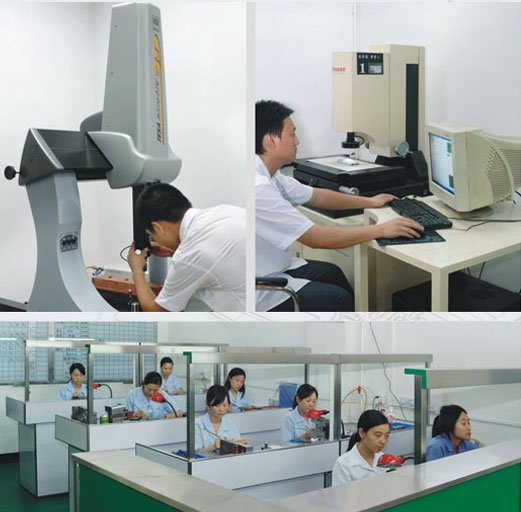Mold management can be roughly divided into three different parts: mold development, mold use, and mold maintenance. Therefore, to effectively manage the mold, Fan Sile pointed out that we can start with the process and improve the management problems in each part.

Firstly, in the field of mold development, it is necessary to establish a mold development team and appoint a project manager and liaison to monitor the entire development process.
Convene a mold development meeting to discuss product characteristics, steel types, mold life, accuracy requirements, mechanical specifications, the impact of finished product shape on the mold, and evaluate development time. Through these management methods, companies can not only obtain more accurate assessments, but also train new employees through mutual communication;
At the same time, enterprises should monitor the actual progress of the project. For example, using project monitoring tools to predict and calculate the actual progress schedule, and comparing the actual progress of the project with the planned progress to correct any deviations from the plan, and making timely and appropriate responses. Grouping and dividing production, such as using different masters for wire cutting, deep hole processing, lathe, polishing, heat treatment, etc;
This not only makes it easier to train technical staff, but also reduces the loss of talent by not having to rely on one or two technically well-rounded individuals. However, in this process, the instructions for the process must be standardized and clear. In addition, in the face of short lead times for orders, some tasks can be outsourced so that the company can focus its resources on its core work.

Secondly, in the use of molds, it is important to pay attention to the difficulties often encountered in extraction, mold loading and testing, manufacturing, and recycling, such as the inability to find molds or the inability to use damaged molds; the need to repair molds after mold loading and testing; the failure to pay attention to the expiration of mold life during manufacturing, which affects product quality; and the failure to record the status of used molds, resulting in delays in production schedules during future use.
For these issues, it is important to record the usage status and data of the mold each time it is used, as recording the number of stamping cycles of the mold can greatly help in evaluating its lifespan. At the same time, it is important to practice regular or fixed-amount maintenance and treatment, and determine whether repair is needed based on the situation. Providing information on the mold’s usage history can allow customers to assess the impact of the mold on product quality and decide whether a new mold needs to be built.
In addition, it is necessary to unify the management of the entry and exit of the mold from the warehouse. There should be a special person responsible for borrowing and returning the mold. All entries and exits should be recorded and signed.

Finally, in terms of mold maintenance, each mold should be independently recorded, and the mold should also have an independent folder (real or electronic file folder) to record all the changes and status that have been made, such as the life of the mold, the status of the mold, including abnormal wear and tear; the mold should also be clearly classified, such as hardware, die casting, plastic, etc.
In addition, a maintenance plan should be developed to provide regular maintenance and management of the mold, thereby reducing the risk of damage and reducing maintenance costs.



